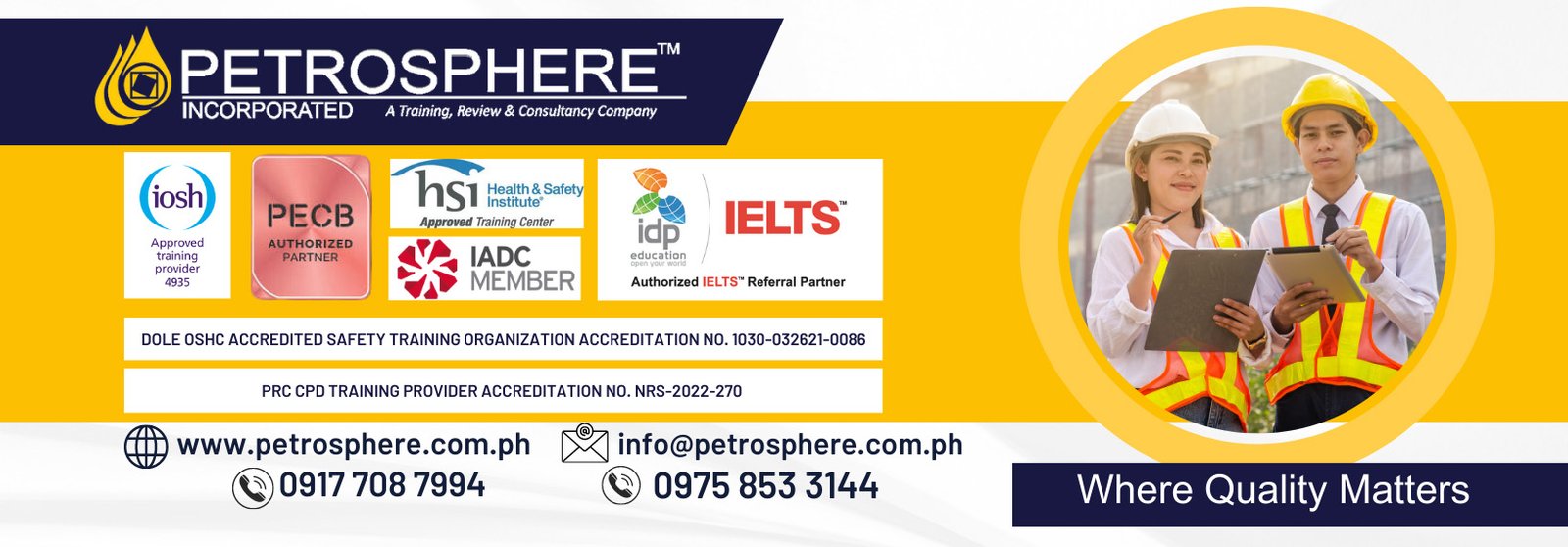Micro, small and medium enterprises (MSMEs) comprise the country’s most significant chunk of business players, accounting for 99.51% of the total businesses. In comparison, the remaining 0.49% belong to large enterprises. This is according to the Department of Trade and Industry’s report in 2020. With this data, we can figure out that most of the business sectors, the MSMEs, are the ones greatly affected in implementing health and safety as they lack enough resources and workforce to comply with the requirements fully.
The recent accident in Makati involving two workers repairing an elevator who were crushed to death would be another reminder that lives should not have been lost if only efficient risk assessment had been properly performed. Unfortunately, we cannot figure out the exact causes of the incident, pending the results of the investigation by the authorities. Also, we don’t know as of this time if the involved company was compliant, but as far as I know, contractors must comply with the client’s health and safety requirements before proceeding with any contracted services.
According to Heinrich’s Triangle Theory, an incident resulting in fatalities may have been contributed by several factors that were not addressed, such as several unsafe acts and conditions that resulted in near misses and injury. Looking deeper, most of the time, we are made to believe that accidents are contributed by human factors or human error.
By performing efficient root cause analysis, we can see that human error could have been prevented if there were robust procedures and processes in place or if the organization had made all the efforts to train the workers. Ergo, we can see here that it is not about human errors but organizational factors as the main drivers of the accidents.
The list of health and safety requirements is embedded in the OSH Law and its Implementing Rules and Regulations. Companies should ensure having appointed Safety Officer 1 or higher depending on the company’s size and classification, undergone mandatory OSH training to include occupational first aid training, Basic Occupational Safety and Health training for SO1, among others. OSH reports have to be regularly submitted as scheduled, OSH Committee has been formed, and meetings are conducted. There should also be a practical implementation of its management system generative safety culture, and workers are empowered to speak up and report any issues at work.
What is important now is how we must innervate the safety mindset among the employees and workers, as this is a crucial ingredient in preventing workplace accidents. Having a solid safety mindset helps in our day-to-day lives at work and even in our personal lives at home. This, for me, is more than having complied with all the OSH requirements, as empowered workforces mean everyone is vigilant in identifying hazards and risks and ensuring these are addressed properly.
Ultimately, MSMEs and large businesses must comply with occupational safety and health because it is what the law requires. Though MSMEs have challenges meeting these requirements, it is not an excuse not to due to a lack of financial and workforce resources. Failure to comply means penalties and huge and hefty fines. Business owners have to bear in mind that what we all want at the end of the day is for all of us to go home safe and sound, as our family and loved ones are waiting for us. Thus, ensuring compliance is not about losing money but gaining financial gain, as nobody is at risk of dying and injuring at work.





















Discussion about this post